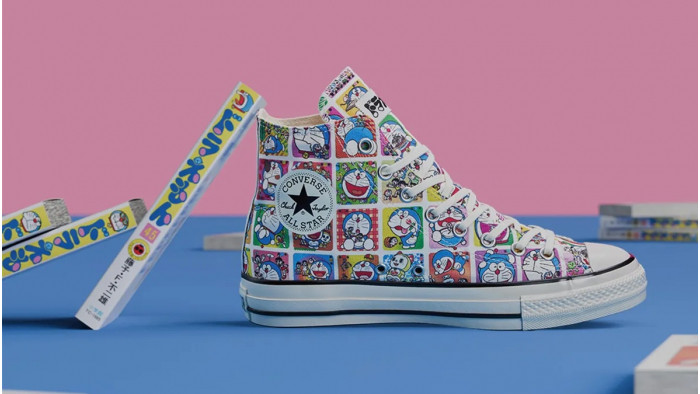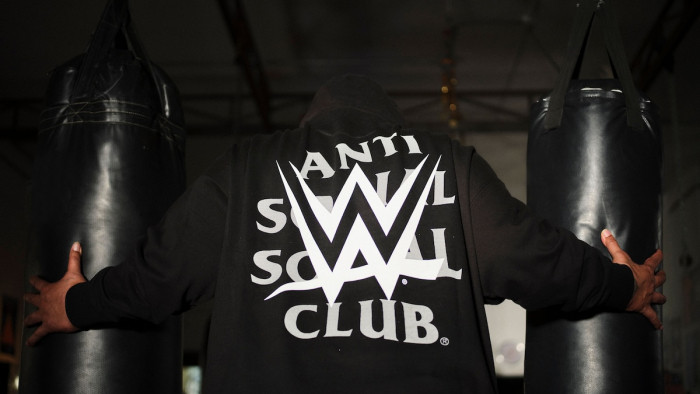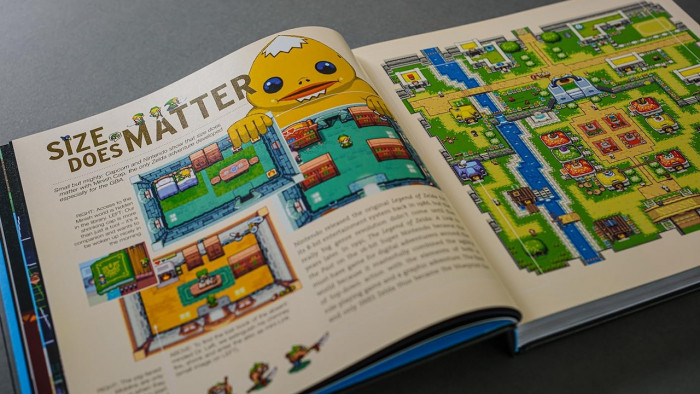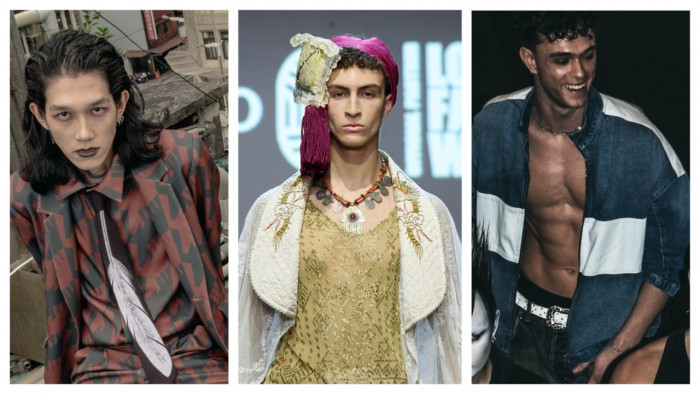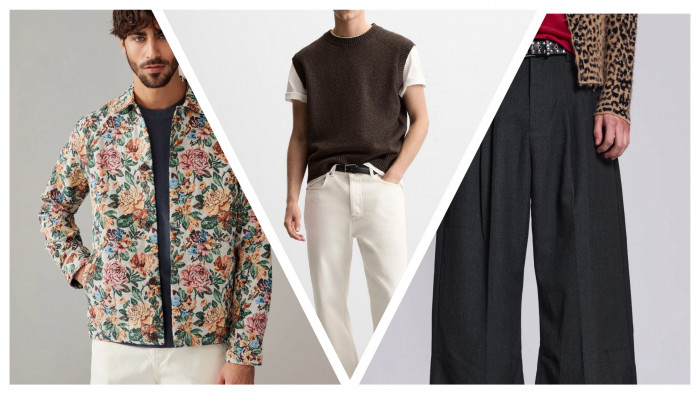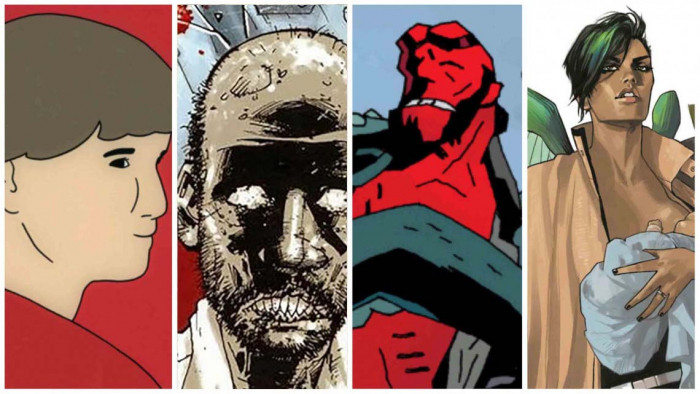There are innumerable reasons why you – yes, you – dress in the manner that you do. But if time and money were of no consequence (we can but dream) we would urge you to explore the style options favoured by the best-dressed men of literature.
So, without, further ado, we present for your fair delectation the 25 most stylish men in literature.
Now strut like a dandy peacock, daddio…

Jay Gatsby (The Great Gatsby)
Author: F Scott Fitzgerald
Today, the nouveaux riches are mocked for their stylish pretensions (granted, most of the time it involves only a gaudy pastiche of something not worth bothering with in the first place), but nearly 100 years ago, Jay Gatsby – himself a self-made man - understood style implicitly. He studied it, took it to heart and remodelled himself accordingly – what came out was a rakish gentleman; a trendsetter and exuberant emblem of America’s Jazz Age.

Patrick Bateman (American Psycho)
Author: Bret Easton Ellis
Let’s ignore his evil acts (or, at the very least, his sick imagination) but Patrick Bateman is a walking, talking clothes horse. His ruminations on style amuse us greatly. Consider this passage: “There are definitely dos and don'ts... of wearing a bold-striped shirt. A bold stripe calls for solid-coloured or discreetly patterned suits and ties.” His grooming routine is to be aped at all costs; his preference for Ralph Lauren admired.

Dorian Gray (The Picture of Dorian Gray)
Author: Oscar Wilde
The archetypal Victorian dandy and aesthete, Dorian Gray – even his name has peacock affectations – is a supremely natty individual. Taking his cues from his mentor Lord Henry Wooton, Gray dedicates his life to beauty. Everything else must take second place. Again such a dubious worldview leads to a questionable morality – much like many on this list – but it affords him an unquestionably fine sartorial manner.

Psmith (Leave It To Psmith)
Author: PG Wodehouse
Being born with a silver spoon in is mouth, it goes without saying that Plum Wodehouse mainly concerned himself with the stylings of the upper crust. But back then at least they could be relied upon to give good tailoring. Psmith (Rupert or Ronald) is one such man. In the first Psmith novel we soon recognise his pristine dress sense – right down to his trademark monocle. It’s a look that never leaves him.

Rhett Butler (Gone With The Wind)
Author: Margaret Mitchell
Dashing, debonair, a devilish dandy… Rhett Butler ranks highly on any gentleman’s list of literary reference points. Answerable to no one but himself (a bit like a Southern Han Solo if you will), his style transcends the other well-dressed men he mixes with by dint of his sheer, sophisticated force-of-will. And don’t the ladies just love him for it.

Fitzwilliam Darcy (Pride and Prejudice)
Author: Jane Austen
Like the aforementioned Rhett Butler and Psmith, Mr Darcy is expected to be a natty dresser. But as the reader’s attitudes towards him soften during the course of Austen’s masterpiece as he makes his journey from aloof and patriarchal to sensitive and empathetic, his sense of individual style heightens too.

James Bond (Casino Royale)
Author: Ian Fleming
Bond dates from a time when men were men. Bond wasn’t conventionally handsome – Hoagy Carmichael is often cited as an inspiration for Fleming’s idea of 007 – but his immaculate grooming habits, his way with formal dress and, latterly, casual attire, make him a go-to literary style icon. No one wears a suit like Bond.

Sherlock Holmes
Book: Sir Arthur Conan Doyle
Although such distinctive Holmesian garb such as the deerstalker cap and Inverness cape are not mentioned in Sir Arthur Conan Doyle’s books (they were actually added by illustrator Sidney Paget), this doesn’t mean Holmes wasn’t a stylish man. He was. His eccentric personality fed into a dress sense that was best described by Dr Watson as bohemian. And the beat generation thought they cocked a snook at conventional methods of dress. Pah, Holmes got there first!

Logan Mountstuart (Any Human Heart)
Author: William Boyd
The effervescent Mountstuart was witness to many of the 20th Century’s great events, and while his view was sometimes horrific – the Spanish Civil War, World War II etc. – anyone gazing upon the rakishly handsome Mountstuart couldn’t fail to be impressed. Undeniably English – in character, as well as dress – he might have seemed a touch conservative to begin with, but as his journal (Any Human Heart) progresses his travels give him an added flair.

Dean Moriarty (On The Road)
Author: Jack Kerouac
Style does not reside solely in an impeccably tailored suit. Oh no, the confirmed hedonists of the beat generation elevated style to informal attire. Jack Kerouac’s heroic Dean Moriarty had this dress sense down pat.

The narrator (Absolute Beginners)
Author: Colin MacInnes
The original mods – those for whom The Who’s manager Pete Meaden coined the impressive aphorism: “clean living under difficult circumstances – were a vibrant mix of French and Italian style. The narrator in Colin MacInnes energetic expose of the lively goings-on in London at the end of the 1950s combines such a view with his dealings with the recent Caribbean immigrants in West London and his homosexual friends in Soho. This vivid mix of cultures sets the seeds for the likes of David Bowie just over a decade later.

Mr Fox (Fantastic Mr Fox)
Author: Roald Dahl
The titular lupine sports tweed suits. He’s making a mockery of those twits who do a disservice to tweed when they hunt foxes. That’s probably a post-modern statement, but we’ll settle for him being ultra-stylish.

Philip Marlowe (The Big Sleep)
Author: Raymond Chandler
Was a private detective, drank hard liquor, regularly cracked wise, ladies loved him and he sported a sublime suit and fedora combo. Are you going to try and tell us Philip Marlowe wasn’t stylish?

Ignatius J. Reilly (A Confederacy of Dunces)
Author: John Kennedy Toole
Hipsters come in all shapes and sizes. And in Ignatius J. Reilly’s case that shape and size is in the XXL variety. The Don Quixote of New Orleans generally spends Kennedy Toole’s mesmeric and hilarious novel gadding about in a hunting cap, flannel shirt, baggy pants and scarf. He is another sartorial inspiration for those self-entitled ninnies who swan about east London’s salubrious bars. Only he wasn’t being ironic.

Hamlet (Hamlet)
Author: William Shakespeare
The original man in black. No more need be said of the tortured Prince of Denmark.

Queegueg (Moby Dick)
Author: Herman Melville
Being curious of, and, in turn, embracing the exotic has always been a part of keeping ahead of the fickle style game. In Moby Dick the character Queegueg embodies this notion. Although in some quarters designed to represent the noble savage, the muscular harpoonist is as inquisitive of the ‘civilized’ world as Ishmael and co are of him. He’s covered in tattoos (pre-dating the Shoreditch dandy by a good 150 year) and his clothes are a mixture of cultures – particularly his posh top hat. He also smokes from a tomahawk. This man is the first hipster.

Sam Spade (The Maltese Falcon)
Author: Dashiell Hammett
Sam Spade influenced Philip Marlowe. Need we say more?

Alex (A Clockwork Orange)
Author: Anthony Burgess
In Stanley Kubrick’s infamous adaptation of Anthony Burgess’ dystopian book, Alex and his gang of ultra-violent droogs sport bowler hats and boiler suits: a ‘look’ that fashion has periodically returned to since its 1971 release. In the book, however, their dress sense is exaggerated further. Satirising the aggressive teddy boys of the 50s and 60s who aped the Edwardian look, Alex and co wear are described thus: (they wear) “... a pair of black very tight tights with (a) jelly mould...on the crotch... waisty jackets without lapels... with these very big built-up shoulders... off-white cravats (and) flip horrorshow boots for kicking.”

Heathcliff (Wuthering Heights)
Author: Emily Bronte
If Heathcliff had been set 150 or so years later he would have sported a mac, had a sinister side parting and listened to Joy Division. Post-punks might have thought they invented miserabilism. They didn’t. Welcome to the doom-laden world of Emily Bronte’s long-suffering Heathcliff.

Dickie Greenleaf (The Talented Mr Ripley)
Author: Patricia Highsmith
You might immediately think of Jude Law and his modish, preppy clothes in the film adaptation. That look has roots. Yes, we’re talking about Patricia Highsmith’s chilling novel of course.

Yuri Zhivago (Dr Zhivago)
Author: Boris Pasternak
The hero of Boris Pasternak’s acclaimed novel isn’t flash, but in his own understated way, his poetic manner affords him a style that those able to afford the greatest designers known to man can only aspire towards.

George Gastin (Not Fade Away)
Author: Jim Dodge
‘Floorboard’ George Gastin is a man who has dedicated his life to the ideals of the counterculture. Emerging in the Bay Area in the late 50s and early 60s, he is, in many ways, the American equivalent of the Narrator in Absolute Beginners. He mixes up rock’n’roll, beat poetry and jazz in his own distinctive style. His sartorial choices live in through the likes of Tom Waits and co.

Atticus Finch (To Kill A Mockingbird)
Author: Harper Lee
Rare is the teenager who aspires to the perceived conservatism of a suit-wearing job. However, such childish notions can be discarded upon maturity. There is an art to wearing a suit properly – the noble Atticus Finch (although operating in the 1930s) is one such man. His dress sense – although par for the course in his field as an attorney – afford him an heroic grandeur. Tres stylish.

Marcus Clay (King Suckerman)
Author: George Pelecanos
Marcus Clay takes his clothing inspirations from Blaxploitation movies and musical Gods such as Sly Stone and George Clinton. He is an OG Mack Daddy.

Raoul Duke (Fear and Loathing in Las Vegas)
Author: Hunter S. Thompson
Duke of course is Hunter S. Thompson. Thompson’s thoughts on style broadly ran to this mindset: “The only way to prepare for a trip like this, I felt, was to dress up like human peacocks and get crazy, then screech off across the desert and cover the story.” The Duke is in.


